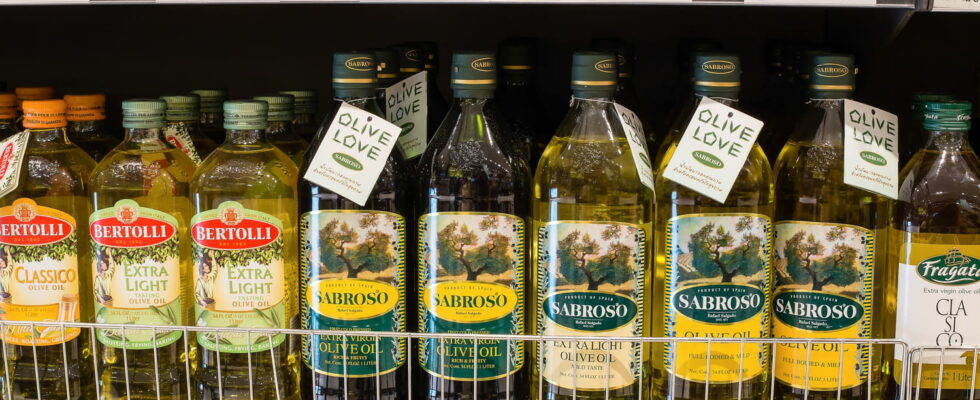In times of inflation, anything goes to increase prices without showing it to consumers. And after “shrinkflation”, manufacturers are using a new trick to hide increases on shelves.
The galloping inflation which has affected the entire planet for two years spares no economic sector and some, such as energy or food, are particularly affected. If the price increases are clearly visible for electricity or fuels, whose prices per kilowatt hour or per liter are known and scrutinized by consumers, the same is not true for all products. For example, foodstuffs and cleaning products have also seen significant price increases, but their sales and packaging methods have allowed manufacturers to subtly camouflage these increases.
Indeed, these goods are often sold in the form of packages of a certain quantity, the wholesale price of which is that of the total quantity sold and not of the unit of product (kilogram, liter). A 10 liter container of laundry detergent sold for €5, for example, corresponds to a price of €0.5 per liter of product. And if displaying the price per unit of product is indeed mandatory, it is often relegated to the bottom of the label and very small. To hide a price increase, the manufacturer simply has to reduce the total quantity of product without reducing the price. Thus, a container of laundry detergent still sold for €5 but with a capacity of only 8 liters corresponds to a price of €0.625 per liter, a price increase of 25% compared to a 10 liter container sold at the same price.
This technique, known as “shrinkflation”, has been widely used by manufacturers to camouflage more or less justified price increases over the past two years. If it is not illegal in itself, it is considered not very transparent towards the consumer, to the point that the Government recently adopted a law requiring distributors to clearly display quantity reductions on products in stores. marketed products. However, this new legislative tool may not be enough to protect consumers from these questionable commercial practices, because industrialists and manufacturers, never lacking in imagination, are starting to use a new ruse to hide price increases.
Called “stretchflation”, a contraction of the English words “stretch” and “inflation”, this time it consists of increasing the quantity of product sold in a package in order to justify a price increase, but which is in reality disproportionate to to the quantity added. Thus, our 10 liter container of laundry detergent sold for €5 becomes a 12 liter container priced at €7, an increase of 20% in quantity but 40% in price. By acting in this way, manufacturers seek to lull the consumer’s vigilance by hiding an increase in unit price in an increase in the total quantity sold, thus evading the regulations on “shrinkflation”.
To guard against these practices and detect real price increases, the best method remains to always look at the price per unit for consumer goods such as food or household products, and to avoid relying on garish packaging and colorful which proudly display increases in capacity. To help with this process, it is possible to rely on price comparators, in the form of applications or sites on the Web, which allow you to find out about the real prices of many products and avoid let yourself be fooled by the shimmering packaging and the little sleight of hand of the manufacturers.
